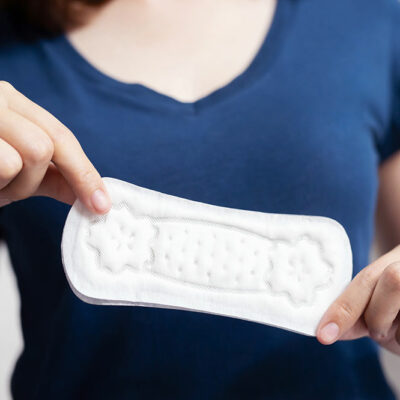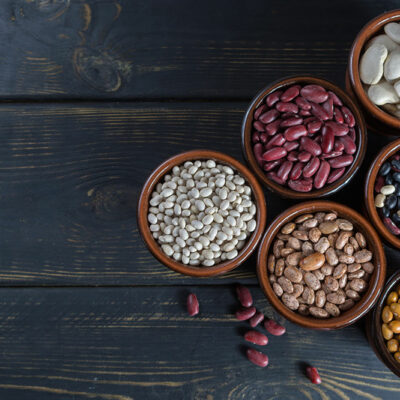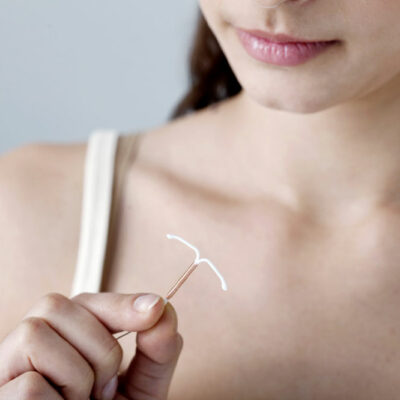
10 common menstrual hygiene mistakes to avoid
Menstrual health and hygiene can significantly impact a woman’s health and well-being. But despite its significance, many women still struggle to sift through the misconceptions and misunderstandings surrounding the menstrual cycle. Some mistakes related to that time of the month can range from using the wrong type of products to neglecting proper cleaning. Knowing these common but harmful mistakes can empower women with the knowledge they need to lead healthy lives. Using scented products Scented products like toilet paper, sanitary napkins, and tampons sold with attractive packaging may feel comforting and fragrant, but they contain harmful chemicals. These chemicals are usually added to eliminate foul odor, but they also interfere with the pH level of a woman’s body during periods. Additionally, they can irritate the sensitive skin around one’s genitals and cause a burning sensation or infections due to repeated use. Instead of scented products, one can opt for natural products free of fragrance and additives. Besides that, one way to eliminate the foul smell is to use plain water to maintain vaginal health naturally. Over-washing intimate area One must remember that vaginal discharge is not always a cause for concern. At times, it may be more or less, varying from one menstrual cycle to another or even through one’s lifetime.
Read More 







